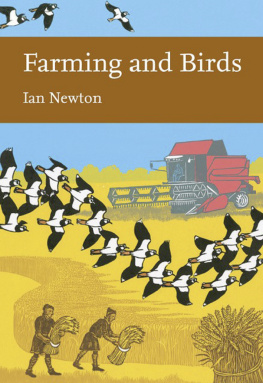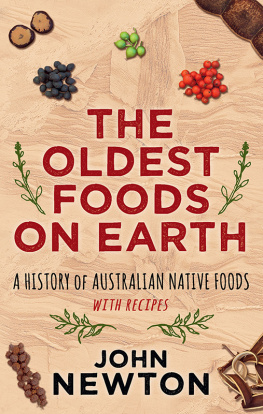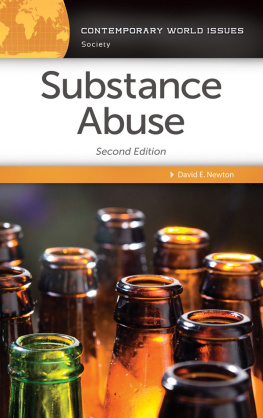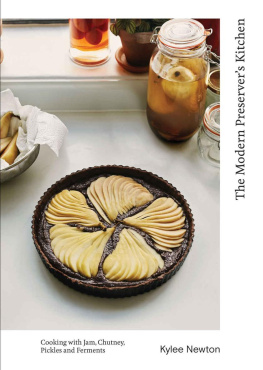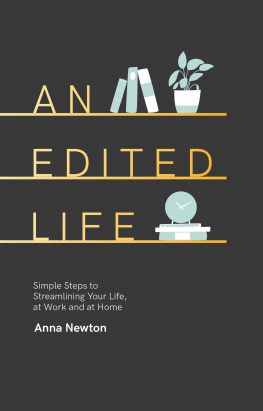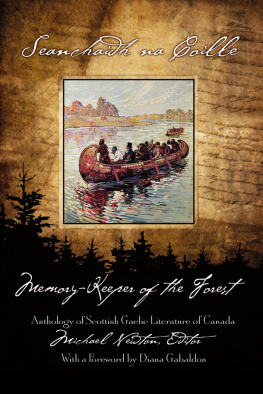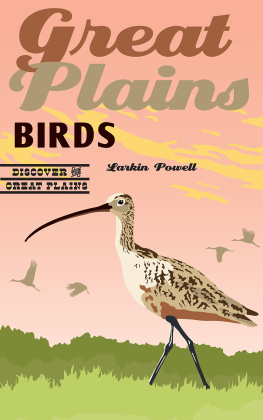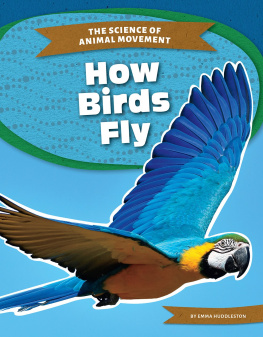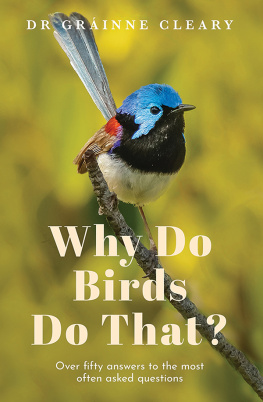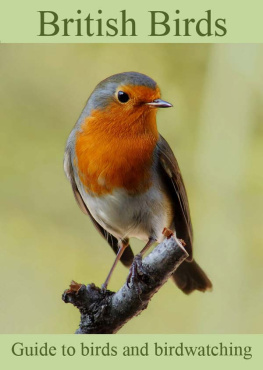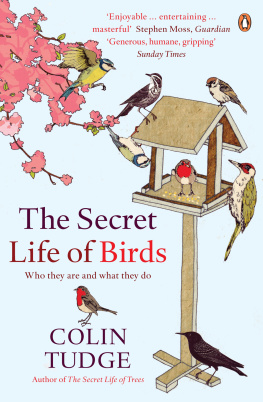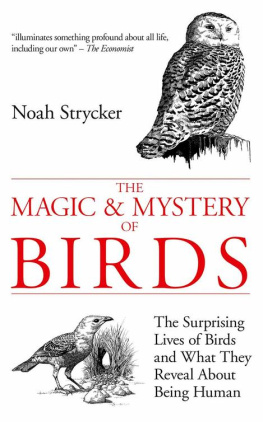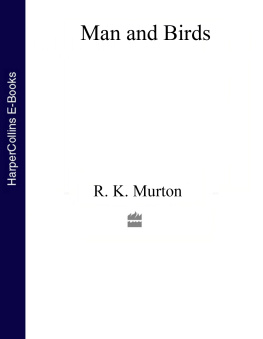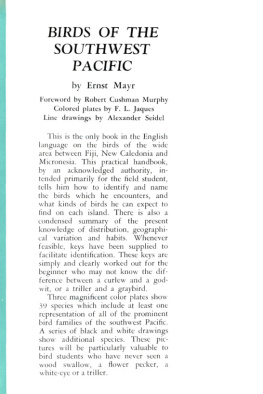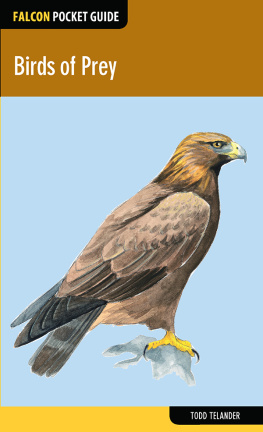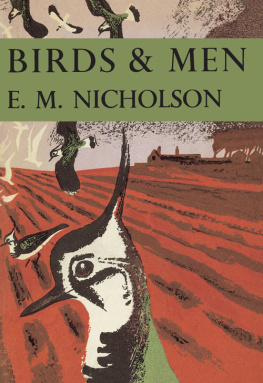
William Collins
An imprint of HarperCollinsPublishers
1 London Bridge Street
London SE1 9GF
WilliamCollinsBooks.com
This eBook edition published by William Collins in 2017
Copyright Ian Newton, 2017
Ian Newton asserts the moral right to be identified as the author of this work.
Cover design linocut by Robert Gillmor.
A catalogue record for this book is available from the British Library.
All rights reserved under International and Pan-American Copyright Conventions. By payment of the required fees, you have been granted the non-exclusive, non-transferable right to access and read the text of this eBook on-screen. No part of this text may be reproduced, transmitted, downloaded, decompiled, reverse engineered, or stored in or introduced into any information storage and retrieval system, in any form or by any means, whether electronic or mechanical, now known or hereinafter invented, without the express written permission of HarperCollins Publishers.
Source ISBN: 9780008147891
Ebook Edition July 2017 ISBN: 9780008175337
Version: 2017-06-28
EDITORS
SARAH A. CORBET, S C D
DAVID STREETER, MBE, FIB IOL
JIM FLEGG, OBE, FIH ORT
P ROF . JONATHAN SILVERTOWN
P ROF . BRIAN SHORT
*
The aim of this series is to interest the general
reader in the wildlife of Britain by recapturing
the enquiring spirit of the old naturalists.
The editors believe that the natural pride of
the British public in the native flora and fauna,
to which must be added concern for their
conservation, is best fostered by maintaining
a high standard of accuracy combined with
clarity of exposition in presenting the results
of modern scientific research.
Contents
F IVE PREVIOUS VOLUMES in the New Naturalist Library (NNs 17, 31, 50, 51, 67) have dealt broadly with humans and their impact on the landscape, particularly through farming activities. The last of these (NN 67 Farming and Wildlife by Kenneth Mellanby) was published in 1981, which on current farming timescales is a very long time ago. Hence Farming and Birds by Ian Newton is a timely analysis and a most welcome addition to the Library.
Readers of his three previous New Naturalists on Finches , Bird Migration and Bird Populations will be familiar with Ian Newtons characteristic comprehensive and insightful analyses, fact-packed and readily assimilable. This approach he here applies to the development of farming and farmland over the millennia since our ancestors first laid their hands on the land at the start of the Neolithic Period, with an inevitable closer focus on the last century. Farming and Birds deals with a breadth of topics, which today probably comprise the biggest ecological problem ever to have threatened the British and Irish environment.
Ian Newton has an outstanding research career in ornithological ecology, with over 300 scientific papers and several landmark books to his credit. One component of this research involved assessing the adverse impact of agricultural pesticides on raptor populations that absorbed the various toxins involved through their prey and the associated food chains highly relevant to this text. Overall, Dr Newtons national and international standing in avian ecology is impeccable. He has served not only as President of the British Ecological Society and the British Ornithologists Union but also as Chairman of the RSPB and the British Trust for Ornithology, he has been elected to Fellowships of the Royal Societies of London and Edinburgh, and he has been appointed OBE.
The Editors Preface to Ian Newtons Finches (NN 55) considered it a model of scientific writing for the general reader, balanced, lucid and absorbing. Nothing has changed. This volume will be valued and fascinating reading for those interested in their countryside, with many so thats why explanations resolving problems that have puzzled readers. It should also be required reading for all those professionally involved in farming, from agricultural students and companies to relevant civil servants and, indeed, agriculture ministers.
T HE EFFECTS OF MODERN AGRICULTURAL practices on the countryside and its wildlife are strikingly evident to every naturalist. During the latter half of the 20th century, a revolution in farming occurred, bringing a heavy dependence on synthetic fertilisers and pesticides. At the same time, farming became much more mechanised, science-based and large scale. All together, these changes increased crop yields and livestock production to levels previously unattainable. However, these changes were achieved only at huge financial and environmental costs, one of which was a massive loss of wildlife, including birds.
This book describes what has happened to farmland birds in Britain over the centuries, as agriculture has changed, but deals especially with the changes of recent decades. After two introductory chapters on farmland birds, the book consists of six main sections: one is concerned with the history of agriculture in Britain and its main effects on birdlife; the second with the main plants and animals of farmland, including crops and livestock; the third with the recent changes that have occurred in the management of arable and grazing land; the fourth with woods, lakes and other semi-natural habitats within farmland; the fifth with upland grazing land; and the sixth with conservation farming and agri-environment schemes, followed by some general conclusions. All 22 chapters relate to the birds of farmland, and unless stated otherwise they refer to findings from Britain. Throughout, I have used common vernacular names for birds, other animals and plants, but added scientific names to the captions of diagrams and photographs and also to the index.
For most of my life, I have studied birds as a professional biologist. My knowledge of agriculture is naturally more limited, but I have lived through the major agricultural revolution of recent decades, witnessing at first hand its impacts on wildlife. I was raised in the Derbyshire countryside, and spent much of my boyhood on farms, learning how and why most farming operations were done. This was a time, in the 1950s, when local farmers got rid of their remaining work-horses as tractors took over; they acquired their first milking machines and combine harvesters, and started to use the new agrochemicals on a large scale. This early experience gave me an understanding of farming methods against which I could compare the subsequent changes.
Disappointingly, almost every aspect of agricultural change over recent decades has proved harmful to wild plants and animals in one way or another. In documenting these changes, it is easy to give the impression of criticising farmers. But this is not my intent. The nations farmers did an excellent job of what was asked of them, in terms of food production, and were in no better position than anyone else to foresee the severe environmental consequences of post-war and recent agricultural policy. We now look again to farmers to restore some of the lost biodiversity: not by putting the clock back and reverting to old-style farming, but by using new scientific discoveries to integrate the need for food production with all the other essential products and services that the countryside is expected to provide.
Several books have already been written about farmland birds. Four that I found especially helpful were Farming and Birds (1986) by Ray OConnor and Mike Shrubb, Birds, Scythes and Combines (2003) by Mike Shrubb, Bird Conservation and Agriculture (2009) by Jeremy Wilson, Andy Evans and Phil Grice, and the two-volume Wildlife Conservation on Farmland (2015), edited by David Macdonald and Ruth Feber. Over the period covered by these books, hundreds of studies of farmland birds have been published in scientific journals, most of which I have consulted in preparing this book.

